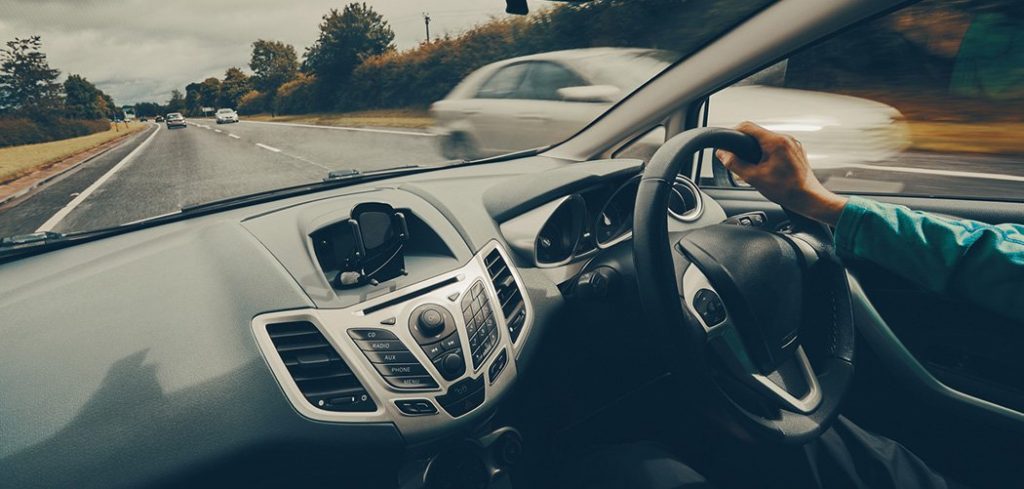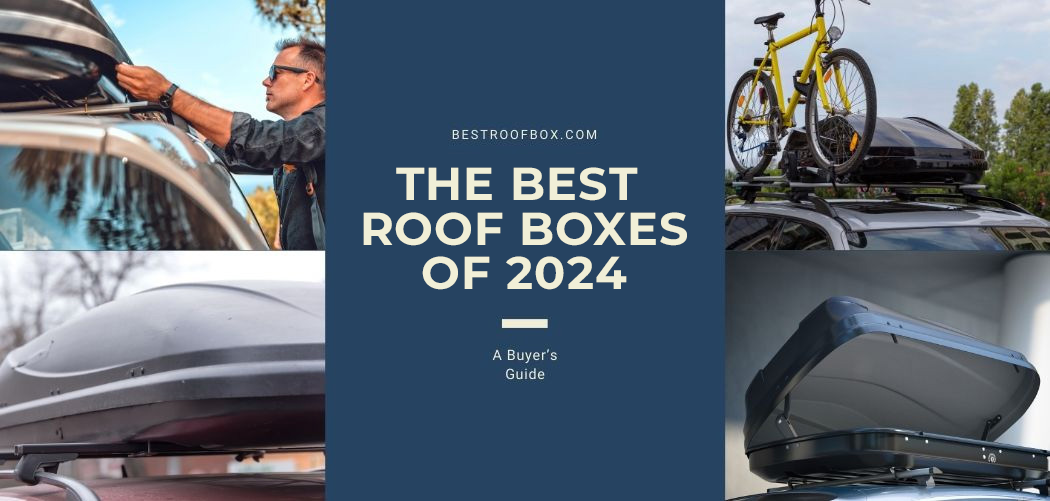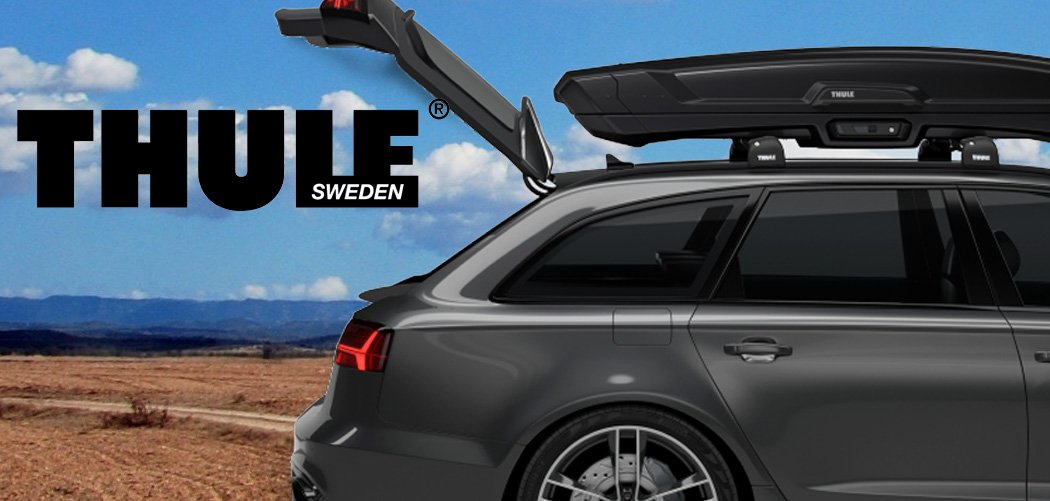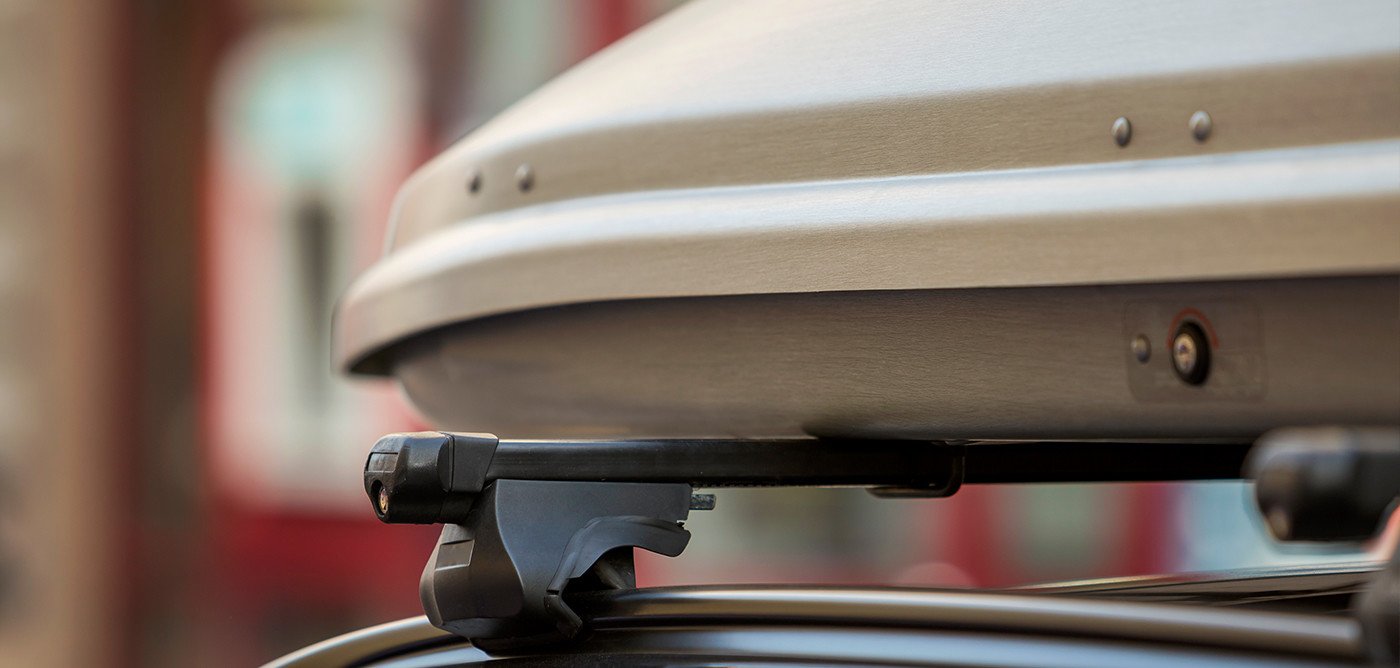Many car owners would agree that picking the right cargo box is a challenge already. But more of the challenge really comes after buying your first cargo box. There are alot of information you need to know when it comes to roof boxes and that includes dos and don’ts when driving with a roof bag on your vehicle.
We’ve listed 11 dos and don’ts that we believe every car owner must know before stepping on the peddle and going on their first camping trip!
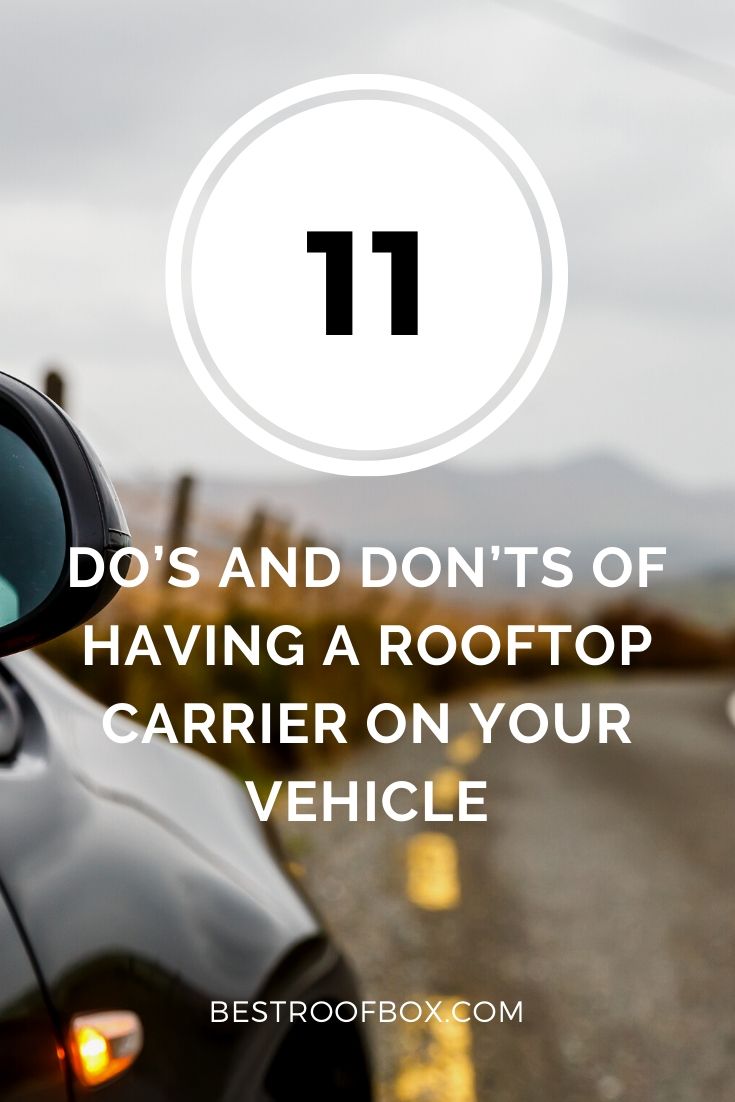 If you’re in a hurry and don’t have the time to read all 11 dos and don’ts then don’t fret. We’ve listed the 6 key ideas you need to understand before embarking on that camping trip with your new roof bag.
If you’re in a hurry and don’t have the time to read all 11 dos and don’ts then don’t fret. We’ve listed the 6 key ideas you need to understand before embarking on that camping trip with your new roof bag.
- Maintain a balanced car-weight ratio for stability.
- Secure belongings to prevent distractions and hazards.
- Carry extra equipment for unforeseen challenges.
- Regularly check tire pressure for optimal performance.
- Prioritize visibility with clean windows and lights.
- Take breaks during extended drives to combat fatigue.
Table of Contents
1. DO Consider Your Car-Weight Ratio
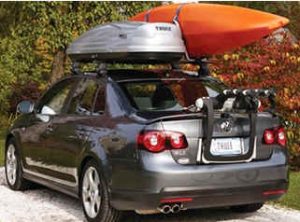 In every car owner’s manual, a weight limit is described for that particular vehicle, and it’s good to know that number before you take off on your road trip with your roof box on top of your car.
In every car owner’s manual, a weight limit is described for that particular vehicle, and it’s good to know that number before you take off on your road trip with your roof box on top of your car.
As a general rule, most rooftop carriers can accommodate between 100 and 250 lbs. of items such as sleeping bags, tents, or extra luggage.
You’ll need to check that number against the recommended add-on weight for your car or truck and make sure your carrier doesn’t exceed it. If your rooftop carrier is loaded with too many items, it can weigh down the car and cause damages to the vehicle or even accidents while you’re on the road.
If your owner’s manual recommends not adding more than 200 lbs. to the vehicle, you shouldn’t go over this number – even if the carrier itself has a recommended number/weight that is higher. Paying attention to what your owner’s manual recommends is always the best thing to do.
2. DO Make Sure Your Stuff Is Secure
 Just because you’re using a cargo carrier doesn’t mean you can just throw your items in there any way you want to. Make sure you pack that carrier just like you would a suitcase – with everything close together and as tight as possible.
Just because you’re using a cargo carrier doesn’t mean you can just throw your items in there any way you want to. Make sure you pack that carrier just like you would a suitcase – with everything close together and as tight as possible.
To make the items even more secure, try placing a polythene sheet on top of them once everything is packed, then tuck in the sheet around the edges of the carrier to make extra-sure all of the items are as secure as possible.
In addition, use all of the straps properly when tying down your carrier to the rooftop. Make sure the straps are tightened as much as possible so that you’re extra-sure everything inside of the carrier – in addition to the carrier itself – is as secure and safe as possible.
After all, there is no point in having a rooftop carrier if you’re not going to make certain everything fits the way it’s supposed to before you take off.
3. DO Carry Extra Equipment with You on Your Trip
 Let’s face it, regardless of the quality of your rooftop carrier or the money you spent on it, things occasionally do go wrong. One of the most common occurrences is the straps breaking, which means your carrier will no longer be as secure as it once was.
Let’s face it, regardless of the quality of your rooftop carrier or the money you spent on it, things occasionally do go wrong. One of the most common occurrences is the straps breaking, which means your carrier will no longer be as secure as it once was.
This is why having extra straps while driving with a roof bag in your vehicle is such a good idea. Most of these straps can be purchased either through the manufacturer or even a hardware or luggage store, and they can certainly come in handy if a strap breaks while you’re on the road.
You’ll likely know as soon as the strap does break, because your carrier will usually start to make noises that are unfamiliar to you. When straps do break, they usually break one at a time, so you don’t have to have dozens of straps on hand.
Just try to keep two to three of them in the glove compartment of your vehicle so that if this does happen, you’ll have one to fix the problem immediately.
4. DON’T Forget to Check the Tire Pressure
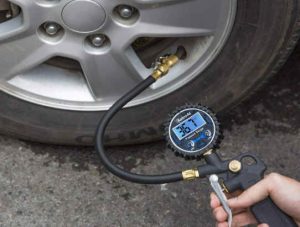 Even if you’re obeying all of the rules and not overloading your vehicle or your carrier, you’ll still be putting extra pressure on your tires.
Even if you’re obeying all of the rules and not overloading your vehicle or your carrier, you’ll still be putting extra pressure on your tires.
Before you get started on driving with a roof bag onto your next vacation or camping trip, make sure you check the pressure in your tires so that the number is neither too low nor too high.
Most vehicles have the recommended pressure number printed somewhere inside the car – usually on the inside of the door somewhere – and since tire gauges are so inexpensive, it’s a good idea to go ahead and keep one in your vehicle at all times.
Checking the tire pressure before you leave is always a good idea, but if anything changes during the course of the trip, you can always stop and check the pressure again just to make sure the number is just right.
It’s also important to remember that when you’re loading the carrier with items, you should spread out the items so that the weight is even. This can also help keep that tire pressure number in the safe range.
5. DON’T Ignore the Visibility Issue
 If you’re driving with a roof bag on the top of your vehicle, you need to position it correctly so that all other drivers on the road will see it and can adjust their view accordingly.
If you’re driving with a roof bag on the top of your vehicle, you need to position it correctly so that all other drivers on the road will see it and can adjust their view accordingly.
Your visibility – and the visibility of all the other drivers on the road – is crucial to make sure everyone is as safe as possible while driving.
This is quite simple to do because all you need is to make sure your roof box is installed properly and according to the manufacturer’s recommendations.
Rooftop carriers installed incorrectly can greatly increase the chance of accidents occurring because other drivers may not be able to see the carrier as they drive, which could result in an accident.
Again, all you have to do is make sure your carrier is installed the right way and is nice and secure before you start to drive, and this should take care of the problem.
6. DON’T Drive for Long Periods Without Stopping
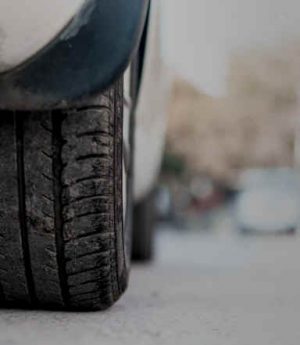 Driving with a roof bag means extra pressure is being put on your entire vehicle, including your tires and even your engine. This can result in something going wrong as you travel, including more difficulty in driving and an increase in the chance that an accident will occur or your tire pressures will become too low.
Driving with a roof bag means extra pressure is being put on your entire vehicle, including your tires and even your engine. This can result in something going wrong as you travel, including more difficulty in driving and an increase in the chance that an accident will occur or your tire pressures will become too low.
But there is an easy fix because all you have to do is stop periodically and check both your carrier and your vehicle to make sure everything is running the way it’s supposed to.
When you stop, check your tire pressure and check to make sure the straps are still securing your carrier properly and that the carrier hasn’t moved at all during the drive.
Although rare, carriers do budge a little and even become off center every now and then, but if you check yours periodically, you can quickly remedy any problems before they become too difficult to take care of or control.
7. DO Be More Careful in Certain Situations
 When you’re driving with a roof bag on the roof of your vehicle, it is easy to forget about the extra bulk or weight involved and do something irresponsible.
When you’re driving with a roof bag on the roof of your vehicle, it is easy to forget about the extra bulk or weight involved and do something irresponsible.
If you’re driving into a parking garage, under a bridge or even under an interstate or highway, the height of that structure is usually posted before you get there, and you’ll need to pay attention to that number so you can stay safe and so you won’t damage either the carrier or the vehicle.
Before you leave, you should know how much height your carrier bag has added to the height of the vehicle, and know the total height as well.
Most of the time, your carrier won’t add so much height that you have to worry about it being damaged if you drive under something that is low-lying, but you should know the exact height of the vehicle so that you know for sure and so you can avoid these low-lying structures whenever possible.
8. DO Check with Your Insurance Company Before You Leave
 Car insurance companies usually need to know every time you make a physical change to your vehicle, including the addition of a rooftop carrier or even the racks that accommodate it.
Car insurance companies usually need to know every time you make a physical change to your vehicle, including the addition of a rooftop carrier or even the racks that accommodate it.
If you don’t notify your insurance carrier that you’ve added a rooftop bag to your car or truck and something happens later on that requires you to make a claim, they can essentially deny that claim since you didn’t notify them ahead of time about the change.
When it comes to insurance, it’s always better to be safe than sorry, so make sure you notify your car insurance provider to make them aware of the addition of the roof box.
In addition, some insurance providers won’t cover certain types of roof bags or racks, so if you can notify them before you even make the changes, that is even better. Just make sure they know what is going on with your vehicle so there are no potential problems later on.
9. DO Pay Attention to Your Gas Mileage
 This is especially important when you have an SUV, and here is why. Driving with a roof bag adds a lot of weight to the top of your vehicle, hence automatically raising the center of gravity.
This is especially important when you have an SUV, and here is why. Driving with a roof bag adds a lot of weight to the top of your vehicle, hence automatically raising the center of gravity.
Since SUVs already have a higher center of gravity than sedans or other vehicles, this can result in less fuel efficiency and a bigger strain on your engine.
In fact, many SUV owners are surprised by how much extra gas they use simply because they’ve added a rooftop carrier to the vehicle.
Fortunately, there are things you can do to make things a little easier. When you shop for your rooftop carrier, try to get one that is aerodynamically designed. This can help lessen drag and wind-resistance, which can improve your gas mileage at least a little.
With an SUV, it is natural to use more gas than other vehicles whenever you have a rooftop carrier installed, but purchasing the right type of carrier can make it a little bit better for you in the end.a roof bag
10. DON’T Ignore Potential Weather Problems
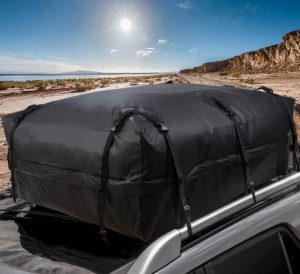 The weather will always affect the efficiency of your rooftop carrier. How? Mostly because when it rains or sleets, the items stored in that carrier can become damp or wet if the right type of rooftop bag isn’t purchased in the beginning.
The weather will always affect the efficiency of your rooftop carrier. How? Mostly because when it rains or sleets, the items stored in that carrier can become damp or wet if the right type of rooftop bag isn’t purchased in the beginning.
When you’re shopping for carriers, make sure you pay close attention to the terminology the manufacturer uses when it comes to how protected your items are from the elements.
For instance, rooftop carriers can be water-resistant or waterproof, but only waterproof carriers provide 100% protection from rain, snow, and sleet.
With a water-resistant carrier, there is always the possibility that your items could be damaged if you run into severe weather conditions, so if the weather is finicky where you’re planning to travel to, a waterproof carrier is what you’ll need.
11. DON’T Ignore the Many Types of Rooftop Carriers
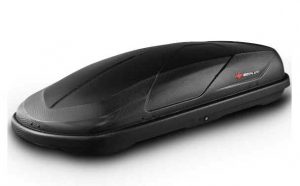 If you’re new to rooftop carriers, it’ll behoove you to get to know them a little before you purchase one. They range from 9 cubic feet to 20 or more cubic feet of extra space, and they can be soft-shell or hard-shell carriers. In addition, some require roof racks on your vehicle while others do not.
If you’re new to rooftop carriers, it’ll behoove you to get to know them a little before you purchase one. They range from 9 cubic feet to 20 or more cubic feet of extra space, and they can be soft-shell or hard-shell carriers. In addition, some require roof racks on your vehicle while others do not.
To get the absolute most out of your rooftop carrier, it’s best if you study them so that it is easier to find one that perfectly meets your needs.
You should also check to make sure the carrier you’ve just fallen in love with can fit on your particular vehicle. Although most carriers are made to fit dozens of vehicles, some are made only for certain styles of vehicles, and you need to know this before you buy a carrier of any type. Fortunately, all of these things are easy to find out because most of this information can be found online.
